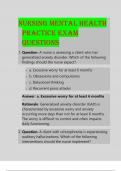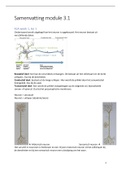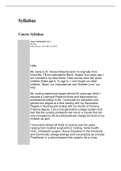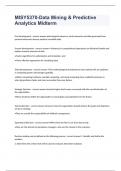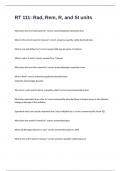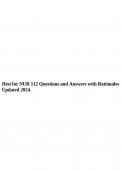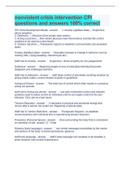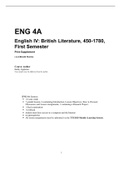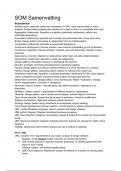Samenvatting
Samenvatting handboek 'American Civilisation: An Introduction' (CHUKUS US)
- Vak
- Instelling
- Boek
Samenvatting van het handboek bij CHUKUS US "American Civilization: An Introduction" van David Mauk en John Oakland (7e editie) - CHUKUS - F. Albers - Universiteit Antwerpen - Toegepaste Taalkunde (TTK) - BA2 - Semester 2
[Meer zien]






